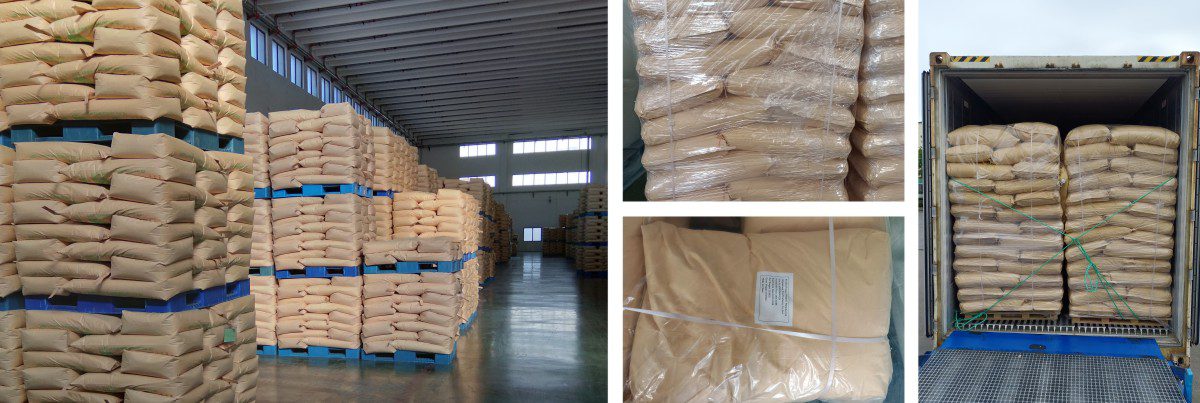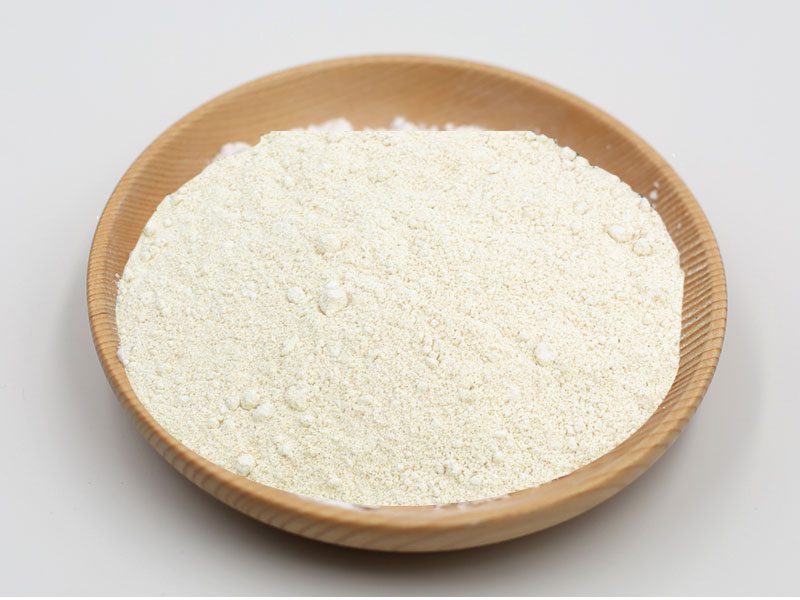Table of Contents
Organic quinoa flour is processed from organic quinoa. The Quinoa provides protein, dietary fiber, B vitamins, and dietary minerals in rich amounts above those of wheat, corn, rice, or oats. It is gluten-free.
Quinoa originated in the Andean region of northwestern South America, and was domesticated 3,000 to 4,000 years ago for human consumption in the Lake Titicaca basin of Peru and Bolivia, the Quinoa was introduced into China at the end of the last century, China has cultivated 9000 hectares of quinoa by 2017, which mainly planted in Hebei, Qinghai, Shanxi, Yunnan, etc provinces.
Nutritional evaluations indicate that a 100 g serving of quinoa flour is a rich source (20% or higher of the Daily Value, DV) of protein, dietary fiber, several B vitamins, including 46% DV for folate, and dietary minerals. After cooking, which is the typical preparation for eating, quinoa is 72% water, 21% carbohydrates, 4% protein, and 2% fat. In a 100 g serving, cooked quinoa provides 120 calories and is an excellent source of manganese and phosphorus (30% and 22% DV, respectively), and a moderate source (10-19% DV) of dietary fiber, folate, and the dietary minerals, iron, zinc, and magnesium.
Specification
| Product Name | Organic Quinoa Flour |
|---|---|
| Technical Specifications | |
| Appearance | Homogeneous powder, free from foreign particles |
| Color | Beige |
| Odor | Characteristics of the Product |
| Humidity | Maximum10% |
| Ash | Maximum5.25 |
| Microbiological Analysis | |
| Aerobic Mesophilic Count | ≤104Ufc/G |
| Mould Count | ≤102Ufc/G |
| Bacillus cereus | ≤102 Ufc/G |
| Salmonella sp. | Ausente/25 |
| Coliformes | ≤10Ufc/G |
| Composition | Quantity |
| Protein | 13.0g |
| Fat | 6.10g |
| Ash | 3.06g |
| Iron | 5.20mg |
| Carbohydrates | 71.0g |
| Calories | 370.0Kcal |
| Calcium | 0.12mg |
| Phosphorous | 0.36mg |
| Fiber | 3.4g |
Packing

